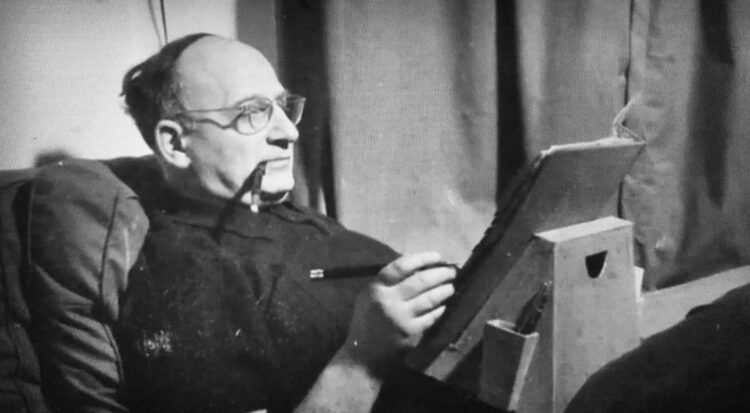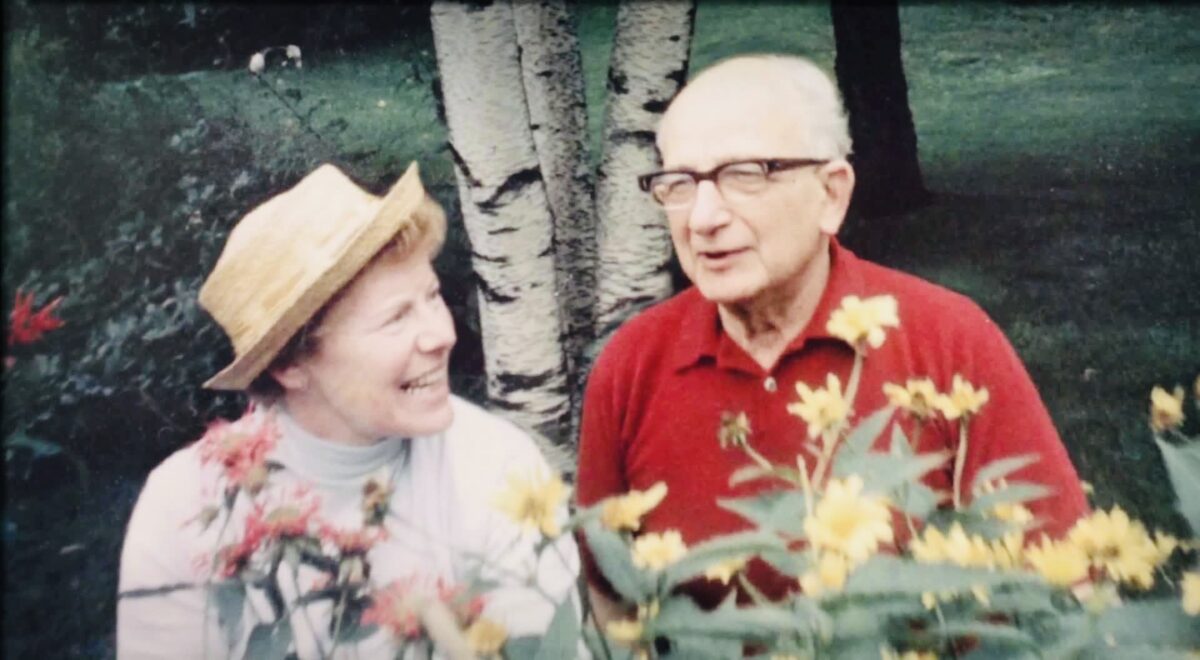Curious George, the whimsical cartoon character dreamed up by the German-Jewish refugee couple Hans and Margret Rey, is an international cultural icon.
An affectionate monkey of renown, Curious George has captivated the hearts and minds of children for decades now. The Reys produced seven books about this adorable creature, their last one having been published in 1966.
“We’re in the money business, you might say,” Hans liked to quip.
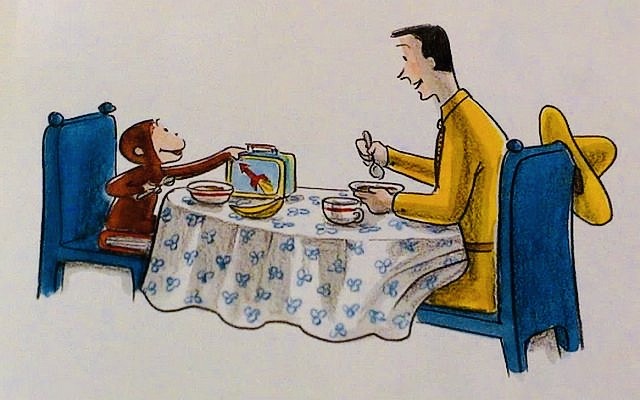
Although the Reys have passed on, Curious George is still going strong, with 75 million of their books having been sold in more than 25 countries since 1941.
Emma Ryan Yamazaki’s absorbing documentary, Monkey Business: The Adventures of Curious George’s Creators, delves into this publishing phenomenon. It is now being screened online by the Toronto Jewish Film Foundation.
Hans and Margret Waldstein, both from the city of Hamburg, created Curious George in Paris in 1939. Working together harmoniously, she wrote the story and he whipped up the illustrations.
Born in 1898, Hans was a bright boy from a middle-class home who was drawn to visual art at an early age. Drafted into the German army in 1916, at the height of World War I, he spent the next two years in the field as a medic.
Margret, a little younger than Hans, was also a product of the bourgeoisie, her father having been a member of the German parliament.
They met at a friend’s house, forming a friendship that never waned despite their different personalities. Temperamentally, she was volatile, outspoken and socially distant, while he was calm, circumspect and friendly.
Hans drifted from one inconsequential job to another in postwar Germany, never finding his footing in an environment increasingly beset by political instability and ravaged by economic chaos. In 1925, he left Germany, bound for Rio de Janeiro, where his sister and her husband, a bathroom fixture importer, lived.
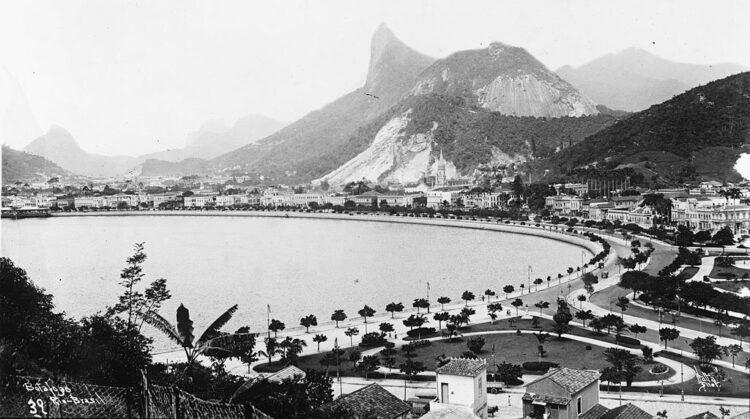
Years later, Hans would claim he sold bathtubs along the Amazon River, but this was a tall tale. He was actually employed as a bookkeeper in his brother-in-law’s company, a job he disliked.
Margret remained behind in Germany, learning the advertising business, but she kept in touch with Hans. With state-sponsored antisemitism in Nazi Germany growing exponentially, Margret immigrated to Brazil in 1935. In short order, they opened an advertising firm and got married. They never had children.
A honeymoon in Paris turned into a lengthy sojourn during which the prototype of Curious George, Fifi, was born. Their first children’s book, featuring a host of animals, was published in France.
With Germany having invaded France in the summer of 1940, the Reys knew it was time to depart. They left Paris by bike, supporting themselves with royalties from three books they had agreed to write.
At Orleans, 120 kilometres south of Paris, they sold their bicycles and bought train tickets to Lisbon, in neutral Portugal. They went back to Brazil in July, obtained U.S. visas, and arrived in New York City in October 1940.
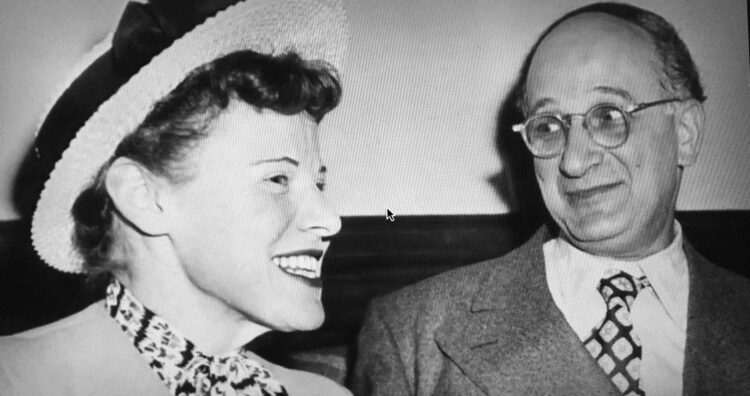
The publishing house Houghton-Mifflin liked their manuscript, Fifi: The Adventures of a Monkey, and gave them a four-book contract worth $1,000. A year later, the first Curious George book rolled off the press.
Interestingly enough, the Reys included themselves in every new edition, she as a woman leading a dog on a leash and he as a man wearing a black beret.
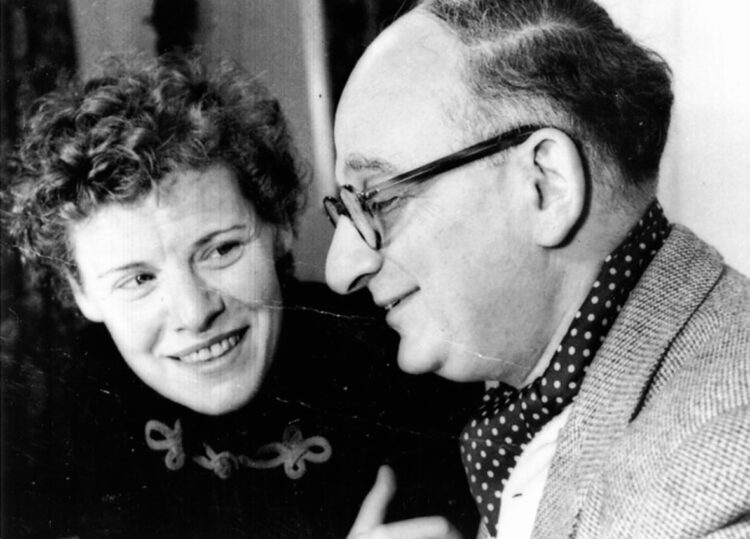
Margret lived for another 19 years after Hans’ death in 1977, carefully tending to the burgeoning Curious George franchise, which eventually expanded into a television series.
From small beginnings sprang an empire.
